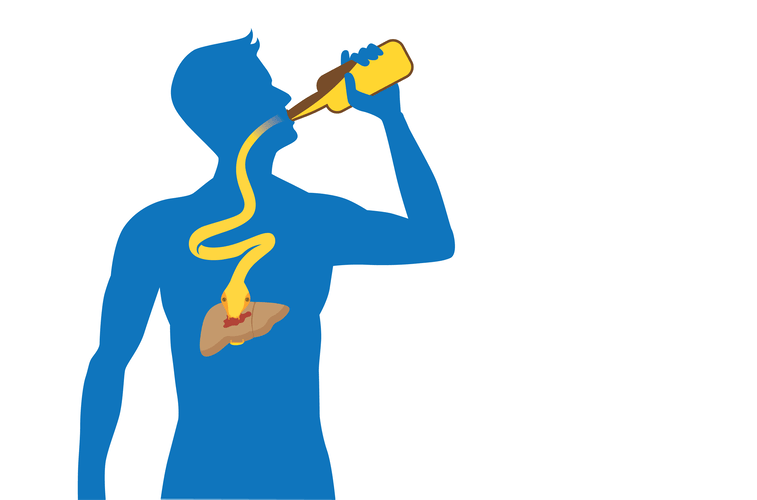Content
While sober living homes don’t provide the same sort of safety, security, and assurance as a residential treatment facility, they are the next best thing, followed by intensive outpatient services. Sober living homes are less restrictive than residential treatment, but they offer more accountability and support then intensive outpatient. Maintaining sobriety can be a difficult process, however, a sober living house may provide you with the kind of structure and support you’ll need to maintain your sobriety. If you’re having a hard time adjusting to a sober life, reach out to a mental health professional who specializes in addiction and substance use.
Is there a free app to help you stop drinking?
SoberTool uses techniques created by a Harvard-educated certified alcohol and drug counselor who understands cravings and the science of addiction. All in all, this drink less app is great for anyone who wants to learn new strategies to manage their cravings. It's free and available for both Android and iOS.
Drug and alcohol administrators and operators of houses might therefore need different strategies to address the concerns of different stakeholders. Outpatient programs in low income urban areas might find the Options Recovery Services model of SLHs helpful. Relative to the other housing programs, this model was inexpensive and the houses were conveniently located near the outpatient facility. Typically, residents entered these SLHs after establishing some period of sobriety while they resided in a nearby shelter and attended the outpatient program.
How Do You Support Your Sober Partner in Recovery? 11 Real Strategies
There are also other guidelines, such as keeping things clean and being home by curfew. Failure to maintain the house rules can result in punishments ranging from paying a fine to expulsion from the house. A sober living home is a residence that offers former alcohol and drug users a place to start practicing their recovery skills. Sober living homes provide residential facilities that have no alcohol or drugs on the premises. This includes things like alcoholic mouthwash, aftershave, cold medicine, painkillers, and even vanilla extract.
A big part of staying in a sober living home is creating positive friendships that help to reinforce the desire to abstain from drugs and alcohol. There are several limitations to the study that are important to consider. First, we could not directly compare which type of SLH was most effective because there were demographic and other individual characteristics that differed between the two types of houses. Second, individuals self selected themselves into the houses and a priori characteristics of these individuals may have at least in part accounted for the longitudinal improvements. Although self selection can be viewed as a weakness of the research designs, it can also be conceived as a strength, especially for studying residential recovery programs.
What It Is Like Living in a Sober House: A Complete Guide
For right now, just know that if any of this sounds appealing, look into it. If you’re interested in a substance abuse halfway house, you should ask the professionals working with you about them. They’ll be able to give you the best recommendations because of their familiarity with your specific circumstances. Selecting the Most Suitable Sober House for Addiction Recovery You’ve probably heard several different terms for this kind of residence. A substance abuse halfway house, transitional housing, recovery housing, and many more near synonyms come to mind. It’s hard to define these terms as super distinct from each other because each program has its own unique characteristics.


